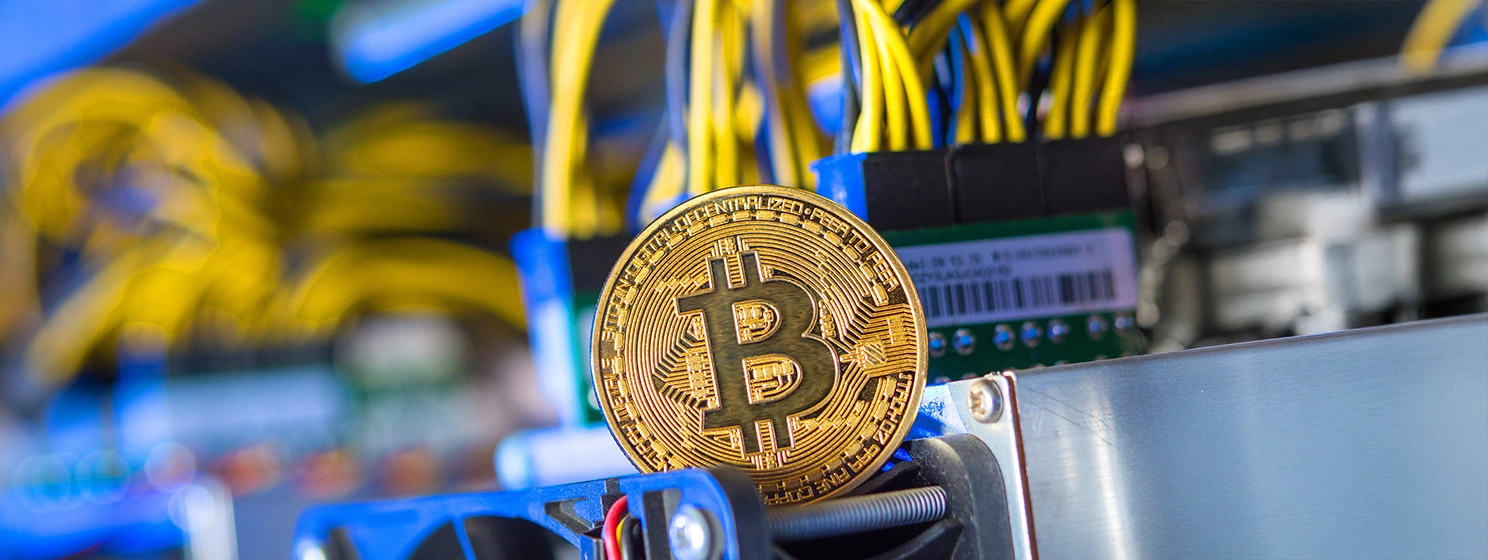|
Getting your Trinity Audio player ready...
|
The National Aeronautics and Space Administration (NASA) is exploring the use of blockchain technology for inter-satellite communication. The use of blockchain will allow satellites to store shared data relevant to its constellation, enabling autonomous communications between them.
Known as the Space Communication Reconstruction and Mapping with Blockchain Ledgering (SCRAMBL), the project falls under NASA’s Small Business Technology Transfer Scheme. NASA revealed in its proposal summary this week that it had awarded the $124,000 project to Orbit Logic and the Fraunhofer USA Center for Experimental Software Engineering.
SCRAMBL will enable satellites that are in the same constellation to store and distribute a ledger containing data that’s relevant to that constellation. This will allow autonomous cooperation for the satellites while still contributing to “system-level needs and objectives.”
SCRAMBL will be combined with Orbit Logic’s existing autonomous planning system, “allowing the constellation as a whole to achieve greater overall system utility through agent-supported asset teaming strategies.”
The solution’s blockchain algorithm will allow any NASA spacecraft to autonomously determine the most effective method of communicating with any other node. It will also allow the spacecraft to overcome any communications disruptions or disconnections.
The summary noted: “The space-specific algorithms to be developed under this research topic will be lightweight and tailored toward efficient execution on the resource constrained computing elements used on satellites. The network path routing optimizations performed will scale well as the constellation is grown, dynamically adapting to the future addition of assets.”
NASA has been exploring blockchain technology for a few years now. Two years ago, it released a blockchain prototype for transmitting air traffic data that preserves privacy. With the switch to Automatic Dependent Surveillance-Broadcast as of January this year in the U.S, where every aircraft broadcasts its location openly, there were concerns regarding privacy, especially from the military. NASA believed it could solve this by integrating blockchain technology which could limit data access to permitted parties.
NASA also hired a data scientist in 2019, with part of the qualifications sought being blockchain and digital currencies experience. While it didn’t reveal what projects the new hire would work on, speculation was rife that it was looking at launching its own blockchain projects.

 01-18-2026
01-18-2026 




